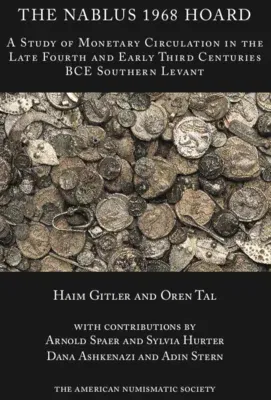Haim Gitler
(Author)The Nablus 1968 Hoard: A Study of Monetary Circulation in the Late Fourth an Early Third Centuries Bce Southern LevantHardcover, 10 October 2019

Qty
1
Turbo
Ships in 2 - 3 days
In Stock
Free Delivery
Cash on Delivery
15 Days
Free Returns
Secure Checkout

Part of Series
Numismatic Notes and Monographs
Print Length
256 pages
Language
English
Publisher
American Numismatic Society
Date Published
10 Oct 2019
ISBN-10
0897223608
ISBN-13
9780897223607
Description
Product Details
Authors:
Book Format:
Hardcover
Country of Origin:
US
Date Published:
10 October 2019
Dimensions:
23.88 x
15.49 x
4.32 cm
Genre:
Ancient (To 499 A.D.)
ISBN-10:
0897223608
ISBN-13:
9780897223607
Language:
English
Pages:
256
Publisher:
Weight:
839.15 gm